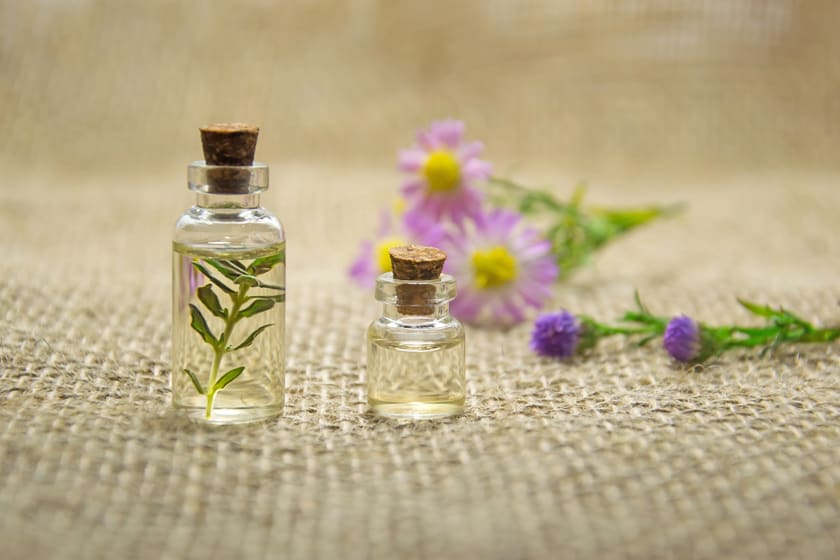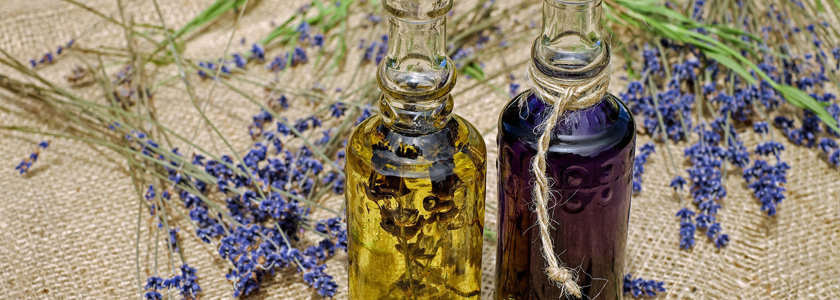
Buying essential can sometimes be quite expensive, but believe it or not it’s actually quite inexpensive to distill at home. In this article we are going to walk you through how you can make lavender oil at home using steam distillation.
What are essential oils?
Before we get into the step by step process we’re going to quickly explain what essential oils are. Essential oils are highly condensed oils that are extracted from aromatic plants. Being used by many different cultures around the globe, essential oils can be used for cosmetic purposes, home scent purposes, and in some cases help in healing.

How to make essential oils
Here is a step by step guide on how you can make lavender oil using steam distillation.
- Harvesting Plants – The quality of the essential oil can vary over the course of the plant’s development, so it’s important to harvest at the right time. Harvesting your lavender properly is essential, so be sure to read our guide here.
- Drying the lavender – Drying the lavender reduces the amount of oil, but can also vastly increase your yield as you’ll be able to fit many dried lavender bunches into your batch. Drying your lavender should be done slowly and carefully, and not in direct sunlight.
- Prepare your boiler – The first thing you’ll want to do is clean your still if it hasn’t been done already. Add water to one still distilled water, as this still will act as a boiler. Make sure you add enough water to your still to complete the distillation. This process can take anywhere between 30 minutes to 6 hours depending on the plant and quantity.
- Add the plant to second still – When adding your plant to the second still make sure nto to cut the plant material, as this can cause the plant to lose some of its oil. Add the plants to the second still, and the steam will start to rise from the bottom of the still through the plant material, while it heads up to the condenser.
- Heat the boiler – Turn the temperature of the boiler all the way to high, and then adjust when necessary when the boiling temperature has been reached. Then make sure to turn on the water for the condenser as the still is heating up. It is recommend that you turn on the condensing water at 150 °F (65 °C). Once the water reaches a boil and the condensing water has started to flow, the essential oils will start to come through the drop-arm and into the container you are using to collect it. Always make sure you have enough water in your still throughout this process, as you can damage your distillation equipment if you do not.
- Collecting and separating your oil and hydrosol – Distillate should be directed into a separatory funnel that is equipped with a valve at the bottom. Once the distillation is done allow the mixture of the hydrosol and oil to sit for a minimum of 12 hours, then drain the hydrosol and oil into separate containers.
- Storing the oil – Once this process has all been completed and you arte reading for storing, make sure to store your oil in airtight tinted glass containers, leaving as little room as possible at the top. Store your hydrosol in a clear glass container. The get the most shelf life out of them, make sure to store them in a cool dry place.
You are now done! For more information on making lavender oil at home using steam distillation, or if you’re just looking to buy dried lavender for sale, or dried lavender bunches, contact us at McKinley Lavender Farm today!
